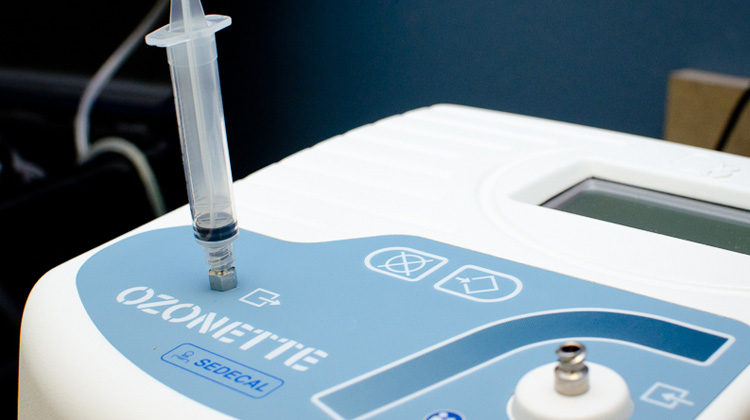Ozone therapy is used to treat a wide range of conditions, including:
- Autoimmune diseases such as rheumatoid arthritis, lupus and psoriasis
- Cardiovascular diseases
- Respiratory diseases such as asthma and bronchitis
- Gastrointestinal diseases such as stomach and intestinal ulcers
- Infections
- the pain
- Wound healing
- Ozone injection into the blood
- Ozone injection into joints or muscles
- Using ozone to wash wounds
- Ozone inhalation
- Consumption of ozone water
» Ozone therapy
Ozone therapy
Ozone therapy is a treatment method in which ozone gas is injected into the body. Ozone is a form of oxygen that consists of three oxygen atoms. Naturally, ozone exists in the upper layers of the Earth’s atmosphere and protects the Earth from the sun’s ultraviolet rays.





